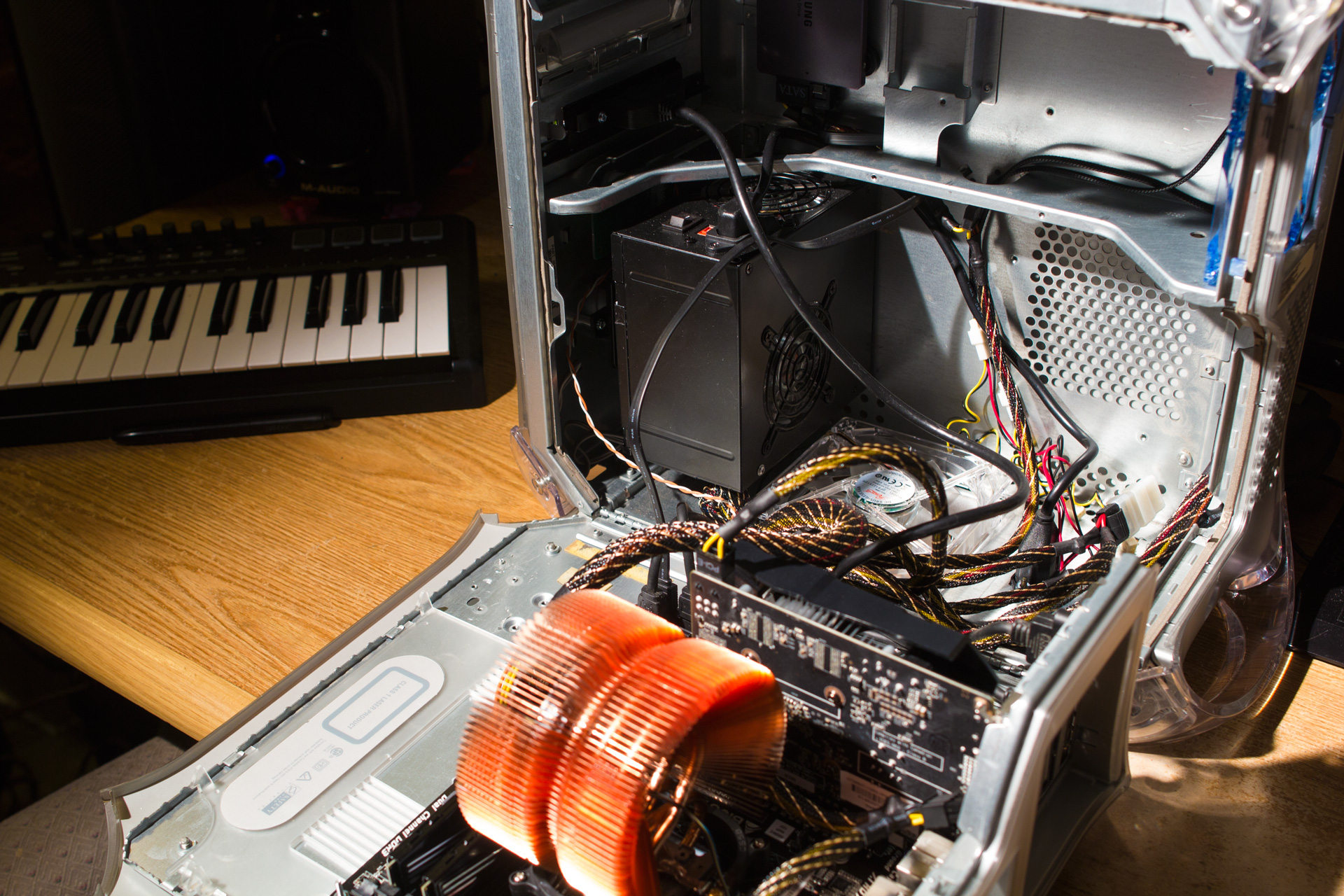

I am now in the process of removing and polishing the handles, and then I will get to the other side panel, which is not nearly as scratched. I dont know in which version it was modelled back in the day or whether these names even existed but I thought that Xenon sounds kind of cool so I picked it. Their portfolio consists of versions named Argon, Xenon, and Cobalt.
G4 QUICKSILVER SOFTWARE
It must have worked, because I didn't fry the machine and it was on all night, and somewhat cool air was coming out the back. I know the G4 case was designed with the help of CAD/NURBS 3D software from company named Ashlar-Vellum. I cleaned the processors off, re-pasted them, and re-installed the heat sink: I used MX-5, it was recommended somewhere for use with these machines specifically due to the fact that they have mylar over the processor, and the silver-based grease can get trapped under there and can cause shorts. With that completed, I blew out the inside with my air gun, cleaned out the other remaining dust, and proceeded to put some new heat sink grease on.

A little dry-based lubricant on the mechanism makes for a completely smooth opening:
G4 QUICKSILVER ZIP
This version of the Power Mac G4 comes with a stylish silver casing and was the last Apple computer to have an optional ZIP drive. This supported up to 1.5GB of PC133 133Mhz RAM. It was released in 2001, and came with a 533Mhz-Dual 1Ghz Motorola PowerPC G4 CPU. I also removed and polished the opening tab. The Power Mac G4 Quicksilver is the 2nd major revision to Apples Power Mac G4 Series. While not 100% perfect, I was absolutely pleased with the results. Since I have sanded and buffed paint jobs before, I decided to try using these skills to work out the scratches on the plastic. To me, a cosmetic restoration is as important as the insides. The nice thing about these machines versus the textured, beige machines is that their finish is completely smooth. The machine, while wholly intact, left much to be desired cosmetically, especially on the door-side plastic:

This is not just a Quicksilver, but a dual 1.0 GHz model: the top of the line! I was at Macworld NY the summer the Quicksilvers were introduced, and I have had the poster of one from then ever since. I can't say how much I have always wanted one of these. There was also a BTO "Ultimate" configuration, with dual 1 GHz processors, 1.5 GB or RAM, two 80 GB ATA-66 hard drives, and an NVIDIA GeForce4 Titanium graphics card, for $3899.With many, many thanks to the generosity of I am now the proud owner of a 2003 Quicksilver G4. The Quicksilver 2002 PowerMac G4 was available in three configurations: The 800 MHz model, with 256 MB of RAM, a 40 GB hard drive, and a CD-RW drive, was $1599, the 933 MHz configuration, with 256 MB of RAM, a 60 GB hard drive and a DVD-R drive, was $2299, and the high-end 1 GHz model, with 512 MB of RAM, an 80 GB hard drive and a DVD-R drive, was $2999.
G4 QUICKSILVER SERIES
Apart from the addition of a DDR SDRAM 元 cache on the middle and high-end models and several new graphics cards, the Quicksilver 2002 series was essentially a speed-bump of the Previous Quicksilver series. The 64 MB NVIDIA GeForce4 Titanium graphics card was available on all models as a BTO configuration.Īnnounced in January 2002, The PowerMac G4 (Quicksilver 2002) was the first Mac to break the Gigahertz barrier. The 800 MHz model used a PPC 7450 processor, had no level 3 cache, shipped with 32 MB ATI Radeon 7500 graphics card, and a 24x/8x/4x CD-RW drive, and had Maximum OS of 10.4.11.
G4 QUICKSILVER PRO
Optical Drive: 24x/8x/4x/6x/2x/1x CD-RW/DVD-RĪudio Out: stereo 16 bit mini, Pro Speaker Max Resolution: all resolutions supported ROM: 1 MB ROM + 3 MB toolbox ROM loaded into RAMĮxpansion Slots: 4 64-bit 33 MHz PCI, 1 4x AGP (filled)

Level 3 Cache: 2 MB DDR SDRAM per-processor, 1:4 Level 1 Cache: 32 kB data, 32 kB instruction


 0 kommentar(er)
0 kommentar(er)
